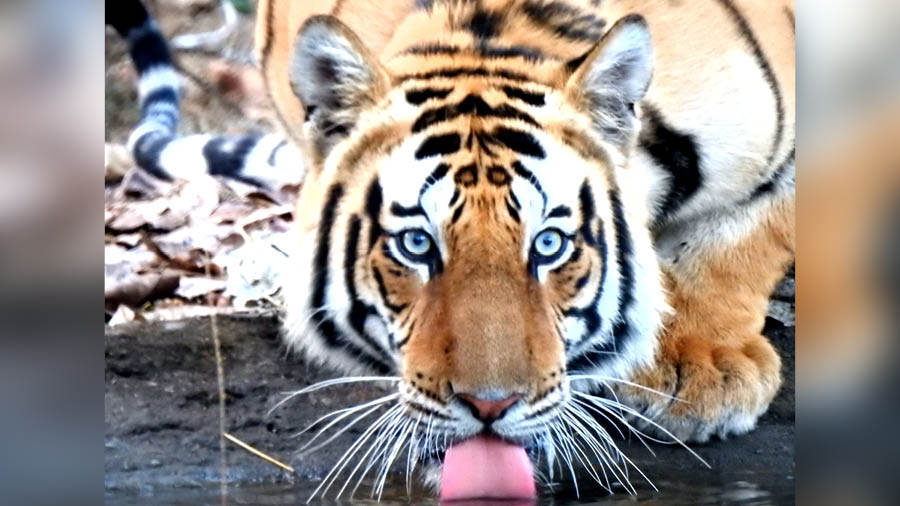First, the good news: India’s tiger population is up by 200 in four years, with over 50% of this rise concentrated in the central Indian landscape. The data follows last year’s tiger enumeration exercise. It is an ode to Project Tiger, now in its 50th year.
The bad news is that the growing populations of wild cats don’t have well-protected habitats. Most of the expanding tiger population now lives in territorial spaces outside the protected areas that are often interspersed with agricultural and even commercial landscapes. What’s more, their dispersal corridors are getting increasingly fragmented and clipped by intense human activity.
That tiger populations are rising isn’t the full import of the report, Status of Tiger 2022, made public by the spotlight-seeking, news-savvy prime minister. The full import is in the fact that over 30% of our tigers live in territorial forests beyond the protected areas where other animal and plant species confront existential challenges owing to unbridled human activity and poaching. India has 53 tiger reserves whose areas have remained stagnant even as the tiger population has expanded. We had about 1,400 tigers in 2013, which has now more than doubled to about 3,160 in 2022.
In a separate report, the National Tiger Conservation Authority, which steers Project Tiger, says that while some 53% of the total tiger deaths — 1,062 from January 2021 to July 2022 — was recorded within the tiger reserves, over 35% was outside the boundary of the reserves. That’s a staggering 350-plus tiger deaths in the territorial areas due to varied causes both natural and unnatural, including intentional poisoning, road accidents and poaching.
The Status of Tiger 2022 says in a passing reference that we will need a carefully calibrated strategy to manage our non-protected forests — ones where tigers are finding new habitats. If forests beyond the reserves carry about 30% of our tigers (roughly 900 of 3,167 tigers) as the latest report says, we ought to reimagine our approach to manage them.
As I have written in these columns before, our forest conservation is sans the people. Local communities are either rendered obsolete or left pauperised in the process of conservation. It’s not enough to throw a few doles to the local people who suffer not only on account of conservation-driven regulations on land-use patterns and access to forest resources but also due to unchecked development projects. We need a conservation climate that involves local communities as partners. The State is a custodian, yes, but so are the people, the communities that have co-existed with forests, notwithstanding the qualitative and quantitative loss of livelihoods and sometimes, life.
In the Chandrapur district of Maharashtra, for instance, 52 people were killed in big cat attacks outside of the protected areas in 2022. The district, which is part of the central Indian landscape, is one of the hotspots of the tiger-human conflict and the remedial measures thus far have sought to alienate the local people rather than bring them on board in tiger conservation efforts.
Tiger reserves in different landscapes are interconnected through the corridors, the routes wild animals use for their movement. Managing reserves, sanctuaries, and these thinning corridors would require unprecedented synergies of a lot of stakeholders and communities that live in those large swathes. In the past 50 years, India has alienated the communities for whom tigers are not a luxury sighting, but an ecological truth. We can reverse that in the next 50 — and perhaps set an example for the world to truly follow by redefining conservation from being a process ‘without a people’ to one ‘with a people’.











